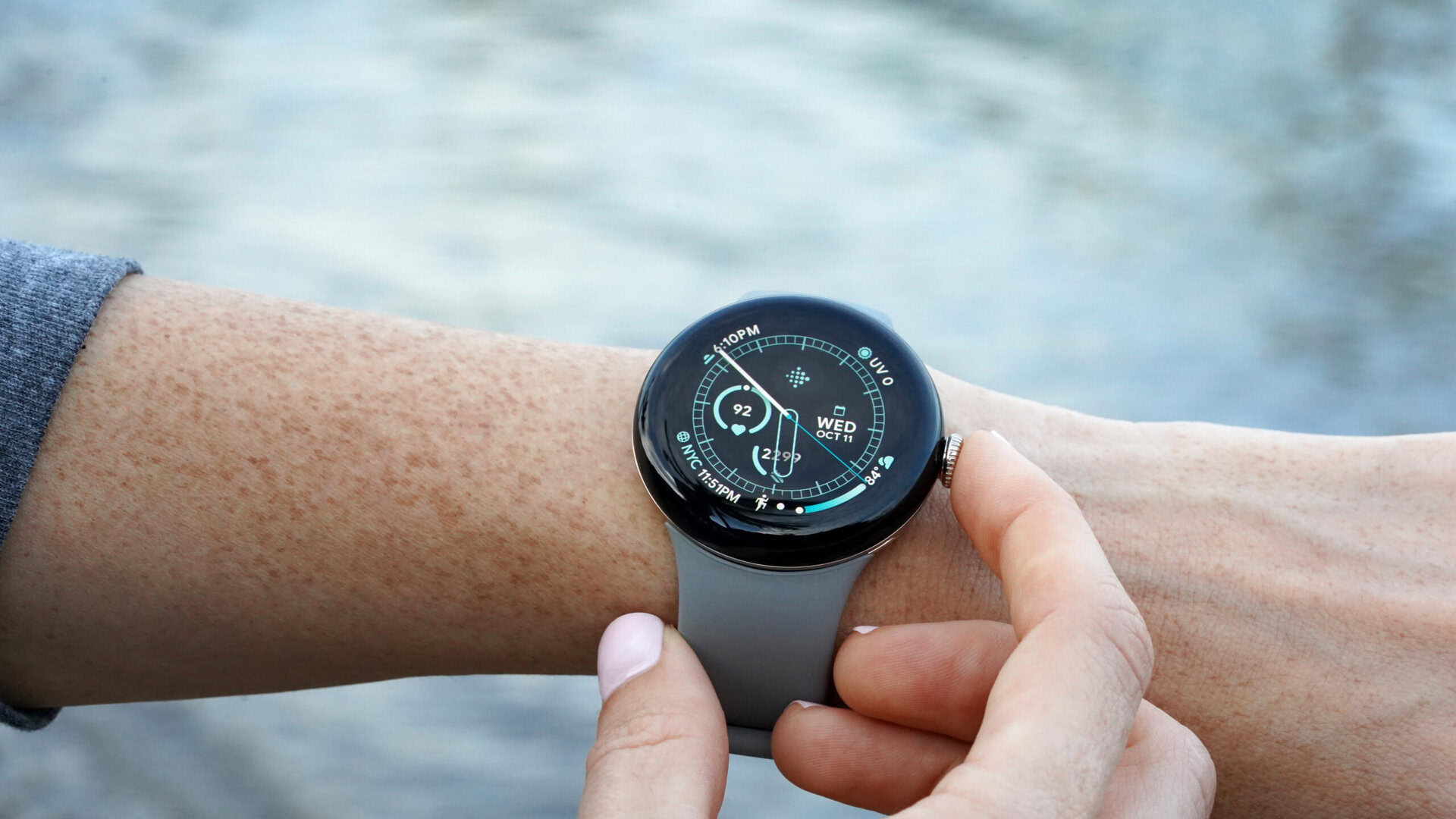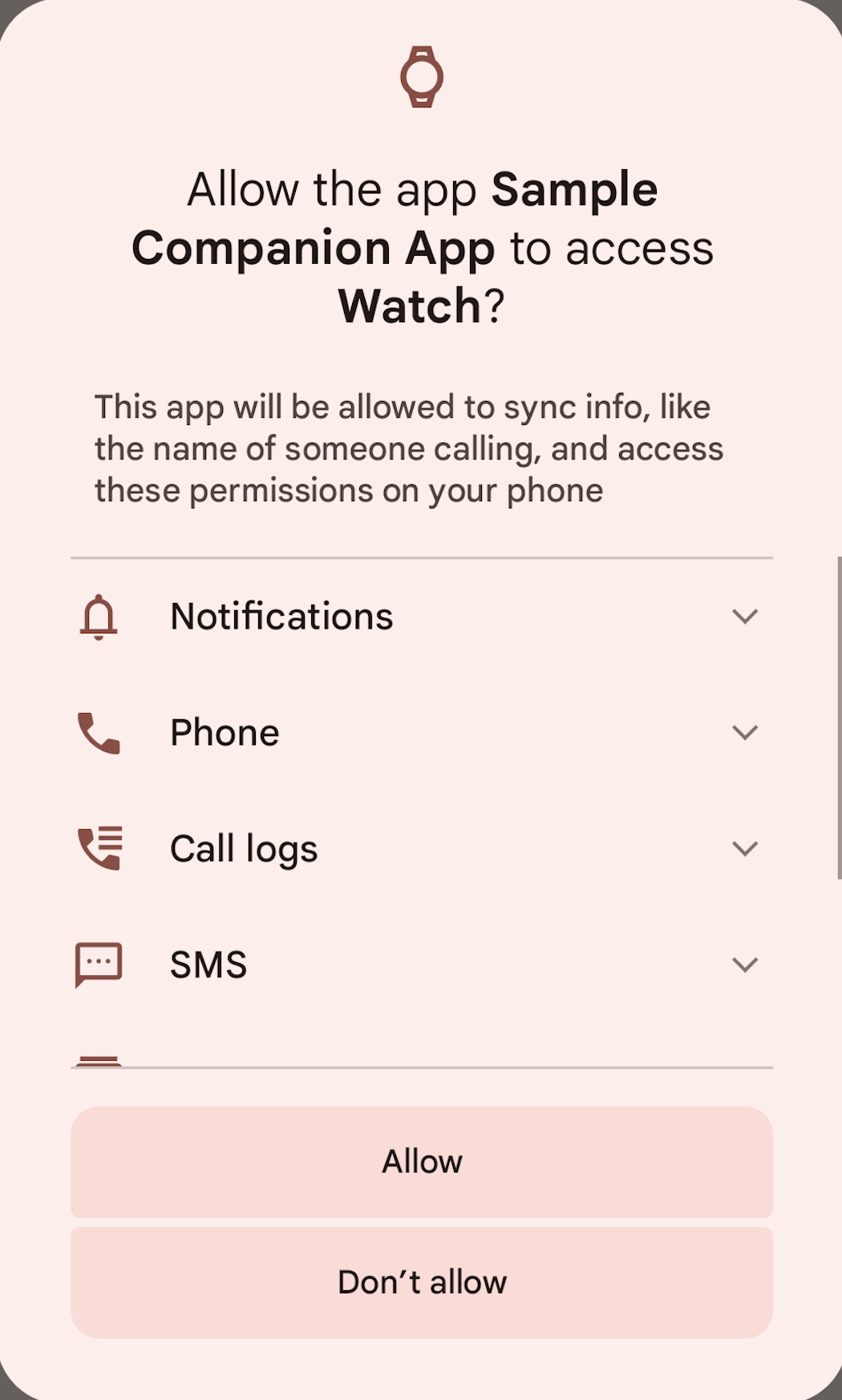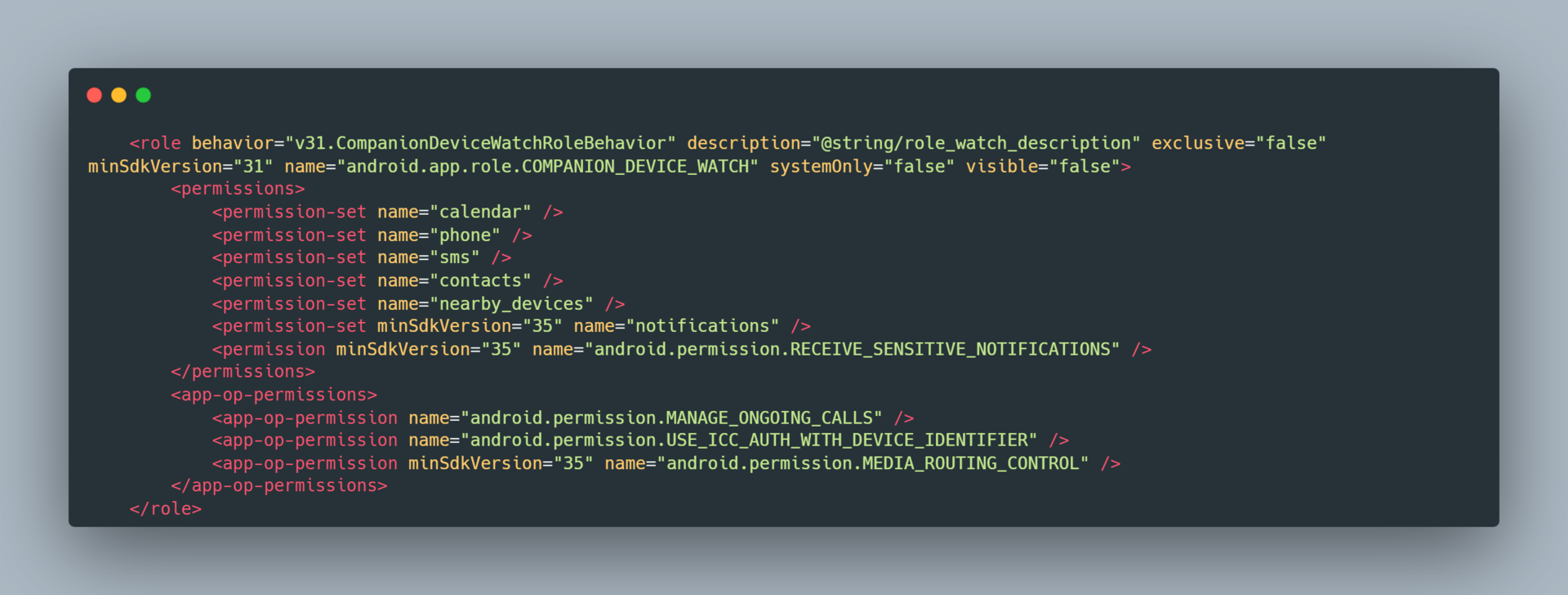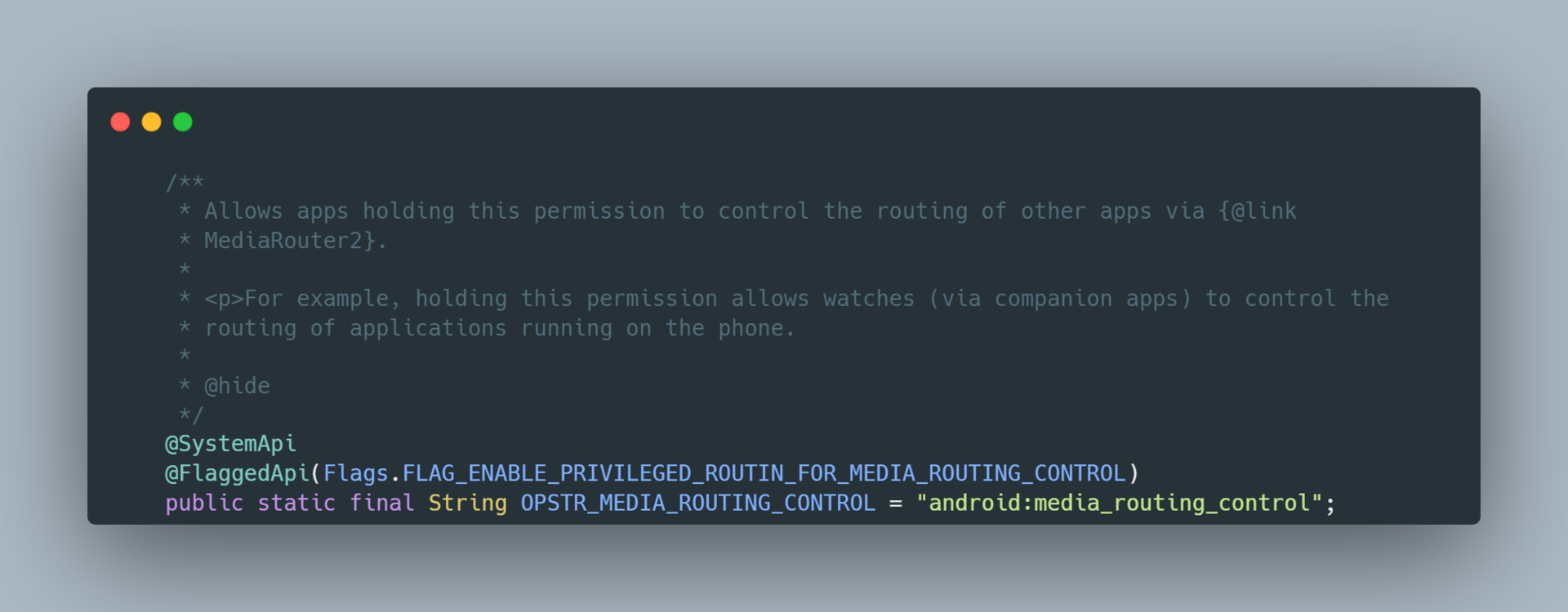Affiliate links on Android Authority may earn us a commission. Learn more.
Android 15 could let your Pixel Watch control your phone's media output
Published onApril 29, 2024

- Android 15 allows watch companion apps to control the media output of other apps.
- This could let users change the device their phone is outputting audio to right from their watch.
- Google could introduce this feature to the Pixel Watch in a future update, but we don’t know if or when that’ll happen.
One benefit of pairing your Android phone to a smartwatch running Google’s Wear OS platform is that you can control your phone’s media playback right from your wrist. I use this functionality all the time when I want to play or pause a video on my TV while I’m making food or when I want to change tracks in an album on my smart display while I’m working. Sadly, one button that the Wear OS media player is missing when it’s showing media controls for your phone is a media output switcher. This means if you want to change the device your phone is outputting audio to, you need to pick up your phone. That could change in the upcoming Android 15 update, however.
When you go to pair an Android phone to a smartwatch running Wear OS, you typically need to set up a companion app on your phone. This companion app usually not only lets you change various options on your watch from the comfort of your phone’s larger screen but also syncs important data from your phone like its notifications, phone calls, text messages, and more. Before it can collect and send this data, though, the companion app needs to request a lot of sensitive permissions on your phone.
Instead of asking the user to grant each permission individually, the companion app can utilize Android’s Companion Device Profile feature to request access to these necessary permissions in one go. The companion device profile for smartwatches android.app.role.COMPANION_DEVICE_WATCH, for example, grants the companion app permissions related to calendar access, phone call access, SMS access, contacts access, nearby device scanning, and more.

Starting in Android 15, companion apps that target Android 15 and request to become the watch device profile holder can be granted a new platform permission named MEDIA_ROUTING_CONTROL.

The MEDIA_ROUTING_CONTROL permission allows the companion app to “access a list of available devices and control which one streams or casts audio or video from other apps.” The permission description is a bit confusing, but the description that’ll be shown under Settings > Apps > Special app access > Change media output does a better job of explaining what this permission does. Specifically, it “allows [an] app to choose which connected device plays audio or video from other apps. If allowed, this app can access a list of available devices such as headphones and speakers and choose which output device is used to stream or cast audio or video.”
<!-- Description of change media output permission to be granted to the corresponding profile [CHAR LIMIT=NONE] -->
<string name="permission_media_routing_control_summary">Access a list of available devices and control which one streams or casts audio or video from other apps</string>
<!-- Label for setting which controls whether app can change media outputs for other apps [CHAR LIMIT=45] -->
<string name="allow_media_routing_control">Allow app to switch media output</string>
<!-- Description for allowing change media output setting [CHAR LIMIT=NONE] -->
<string name="allow_media_routing_description">Allow this app to choose which connected device plays audio or video from other apps. If allowed, this app can access a list of available devices such as headphones and speakers and choose which output device is used to stream or cast audio or video.</string>Basically, this permission allows the watch companion app on your phone to change which device to output audio to, even if that audio is coming from another app. Once granted this permission, the watch companion app on your phone can utilize privileged remote media routing APIs in Android’s MediaRouter2 class. Because this access is specifically given to the watch companion app, you’ll be able to make these changes to your watch as well. This interpretation is confirmed by the developer description of the permission in AOSP, which states that holding MEDIA_ROUTING_CONTROL “allows watches (via companion apps) to control the routing of applications running on the phone.”

So, in essence, this means that if you start media playback on your phone but later want to change which device to output audio to, you won’t need to whip out your phone to do so. You’ll be able to change your phone’s audio output device right from the Wear OS smartwatch on your wrist. Unfortunately, we don’t know exactly which Wear OS devices this will work on, as we’ve only seen code implementing support for this on the phone side of things. It’s likely that your Wear OS smartwatch will need an update as well in order to add a screen that interfaces with the watch companion app on your phone. We haven’t seen any evidence of this in Google’s latest Pixel Watch 2 device, but we’d be surprised if the company isn’t working on support for this feature behind the scenes.